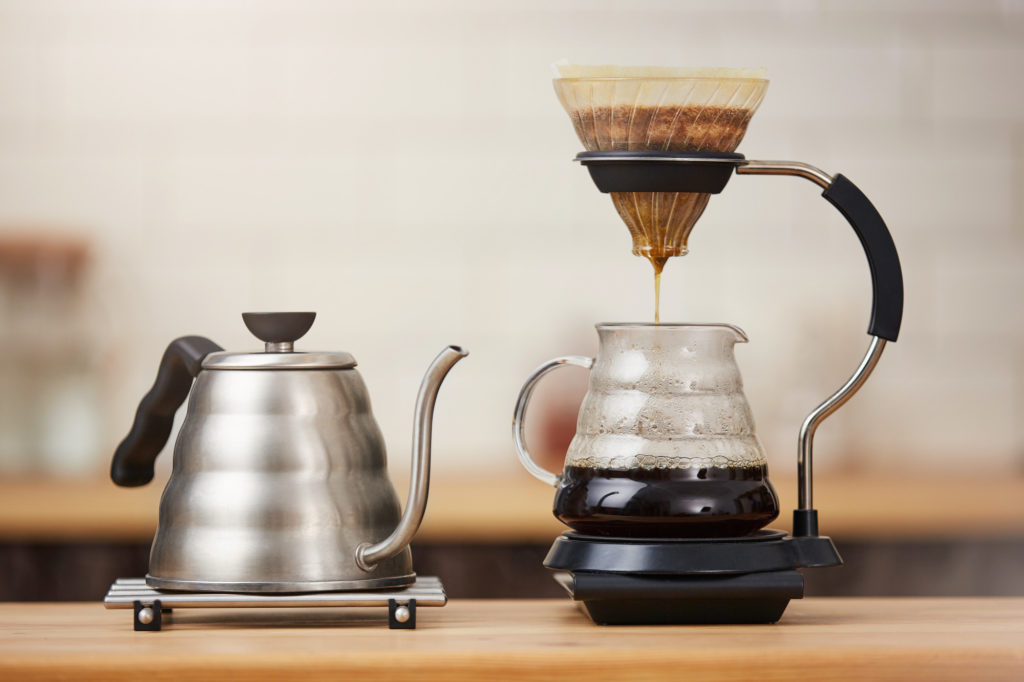
Caffeine creates a lot of buzz. The average American consumes between 110 and 260 milligrams of caffeine per day. The government recommends consumption of less than 400 mg, so nearly everyone is keeping safe.
But many people still have questions about caffeine. In particular, they wonder about the level of caffeine in tea vs. coffee.
What is the average amount of caffeine found in a cup of tea or coffee? How do the processes that produce tea leaves and coffee beans influence caffeine levels? What varieties of tea or coffee exceed the average levels?
Answer these questions and you can decide on the caffeine levels you want. Here is your quick guide.
Tea comes from the Camellia sinensis plant, which naturally contains caffeine. Green, white, and black teas all come from the same plant, so they have caffeine. But they vary significantly in how much they contain.
Black tea leaves are oxidized, which gives them a bolder flavor. It also gives them high caffeine levels. An average cup of black tea contains 47 mg of caffeine, though some varieties can contain more.
Green leaves are not oxidized, but they go through many processing steps. These steps leave them with a moderate amount of caffeine. Most leaves have 20 to 45 mg.
White leaves are non-oxidized leaves that cultivators do not process. They can contain as low as 6 mg.
Herbal teas are not made with Camellia leaves. Some are made with spices, while others come from other plants. Most herbal teas do not contain any caffeine whatsoever.
How you produce your tea can impact how much caffeine you get. The longer you let your tea steep, the more caffeine enters into your drink.
Most people believe that dark-roasted coffee beans have more caffeine than light-roasted ones. This is not true. The roasting process affects the taste and texture of beans, but it does not impact the caffeine levels inside of them.
Dark-roasted beans are less dense than lighter ones. This may encourage a person to use more beans, which can increase their caffeine consumption.
The average cup of coffee contains 95 mg of caffeine. But you can consume more depending on how you make your coffee.
A shot of espresso is made by forcing steam through finely ground beans. It can contain more caffeine per volume, though espresso servings are often small.
A double shot of espresso can contain more than 100 milligrams of caffeine. By comparison, regular strength caffeine tablets have roughly 100 milligrams.
Mixing milk and other ingredients into your coffee does not affect caffeine levels. Chocolate does contain some caffeine, so you may consume a lot when you order a mocha.
The levels of caffeine in tea vs. coffee are different. On average, a cup of black tea contains half the amount of caffeine that coffee has.
But some varieties can contain more than that. Green and white tea contain far less than coffee.
Dark-roasted beans do not have more caffeine than light-roasted ones. But espresso contains a lot more caffeine per ounce than standard coffee. Milk and ice do not dilute levels down.
Get moving with the best caffeine products. Jet-Alert offers easy pills to take. Contact us today.


